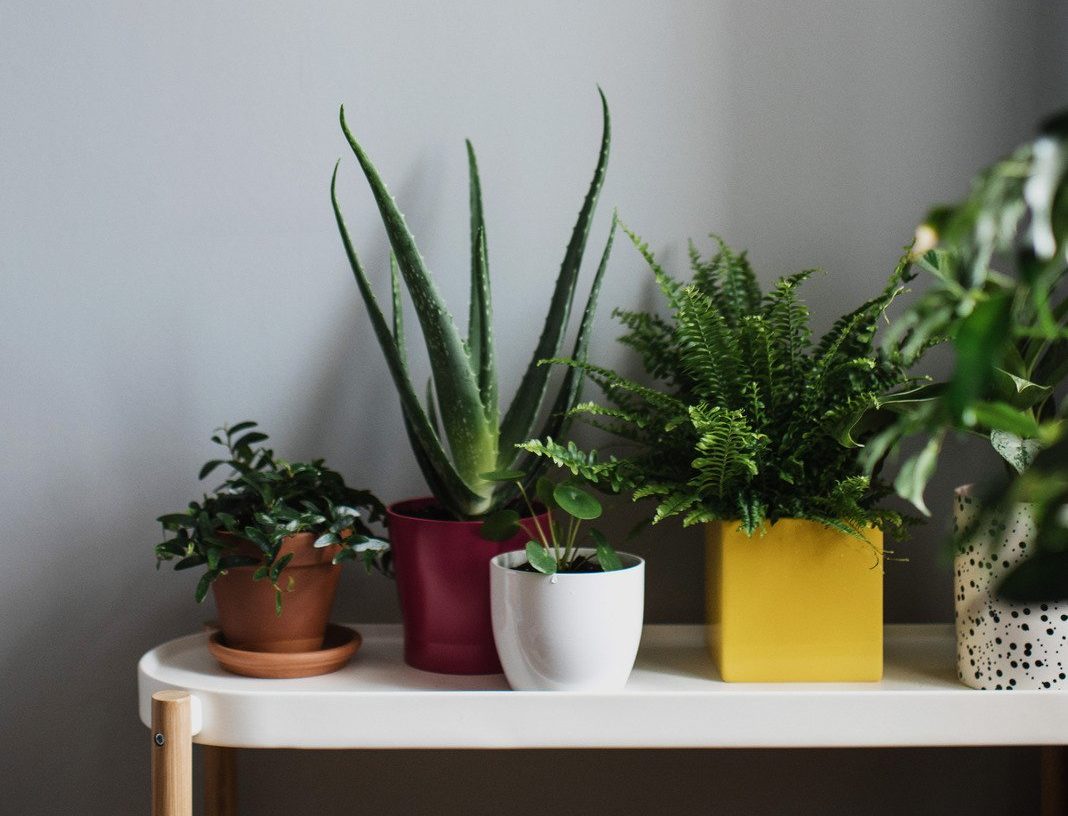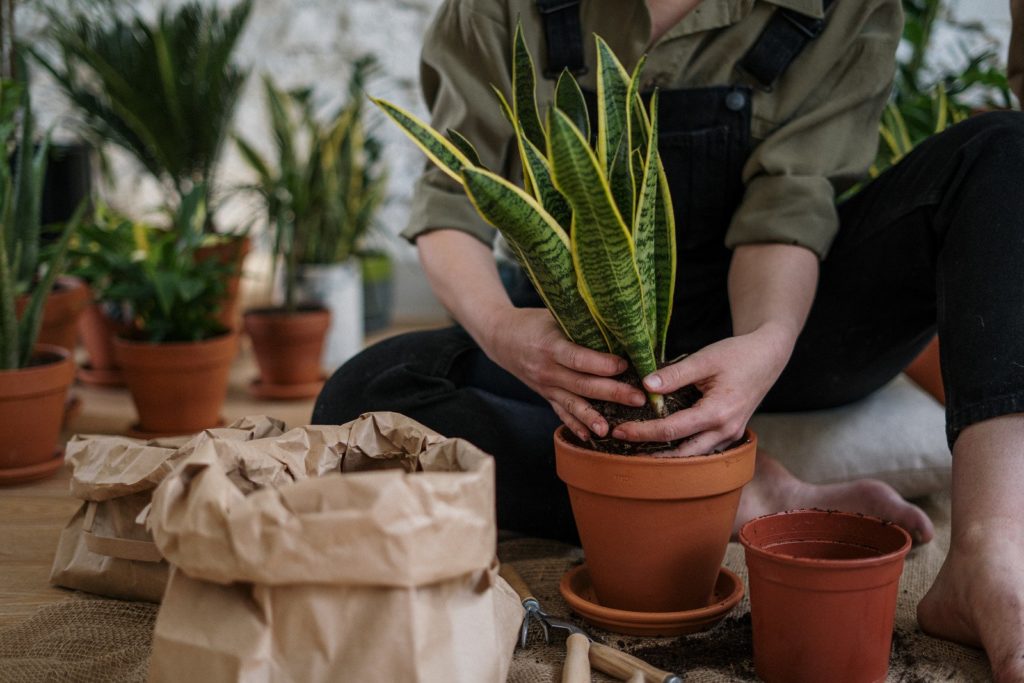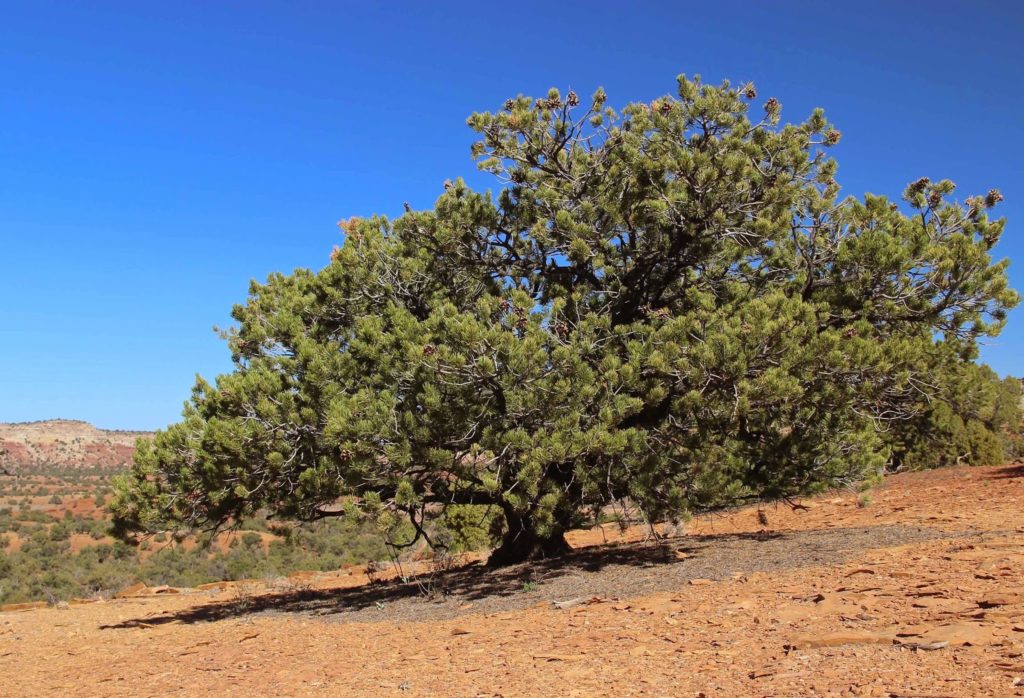Listen up, resident plantitos and plantitas! If your home is constantly run over with noise and commotion, then maybe you should think twice for your beloved plants.
A study from California Polytechnic State University (Cal Poly) recently revealed that noise pollution can actually affect plants and their variety in an environment, even after the source of pollution had already been removed. This would mean that even if you’ve removed (or lessened) the noise in your area or home, your plants (still) wouldn’t be able to grow as plentiful as you would have wanted it to be.
Researchers that conducted a study on piñon pine seeds in New Mexico 12 years ago found that there were significantly fewer number of seeds in noisier and rowdier places than in more quiet areas, in which the noise drove away the Woodhouse’s Scrub Jay, the bird responsible for planting these seeds while saving them for winter.
When these researchers returned to the areas to see if the piñon pine had recovered, they found that these seedlings still haven’t grown even when the noise had been removed. Results of the study revealed that noise can impact plant communities in different ways, aside from driving away animals that feed and pollinate these plants.
Co-author of the study and Cal Poly research affiliate, Sarah Termondt, stressed that there is a need to understand the “full and lasting costs” of noise, and said, “Continuing to look at long-term changes in floristic inventories over time will elucidate whether communities do eventually recover after long periods of noise pollution, even once it is removed from the landscape,”
In this regard, noise isn’t just annoying or irritating – it’s detrimental enough to affect the ecosystems around us. And without plants, how would we be able to feed and amuse ourselves in our currently trying times?
So, our darling plantitos and plantitas, let’s take care of our environment so our plants can still grow and thrive as they should, okay?
Other POP! stories you might like:
8 Low maintenance plants for beginner plantitos and plantitas
Forget Pinterest: ‘Home Buddies’ is now the go-to group for room makeovers
When did sports become synonymous with good health? Here’s a brief history
For these Pinoy Pickers, one man’s trash is another man’s treasure





